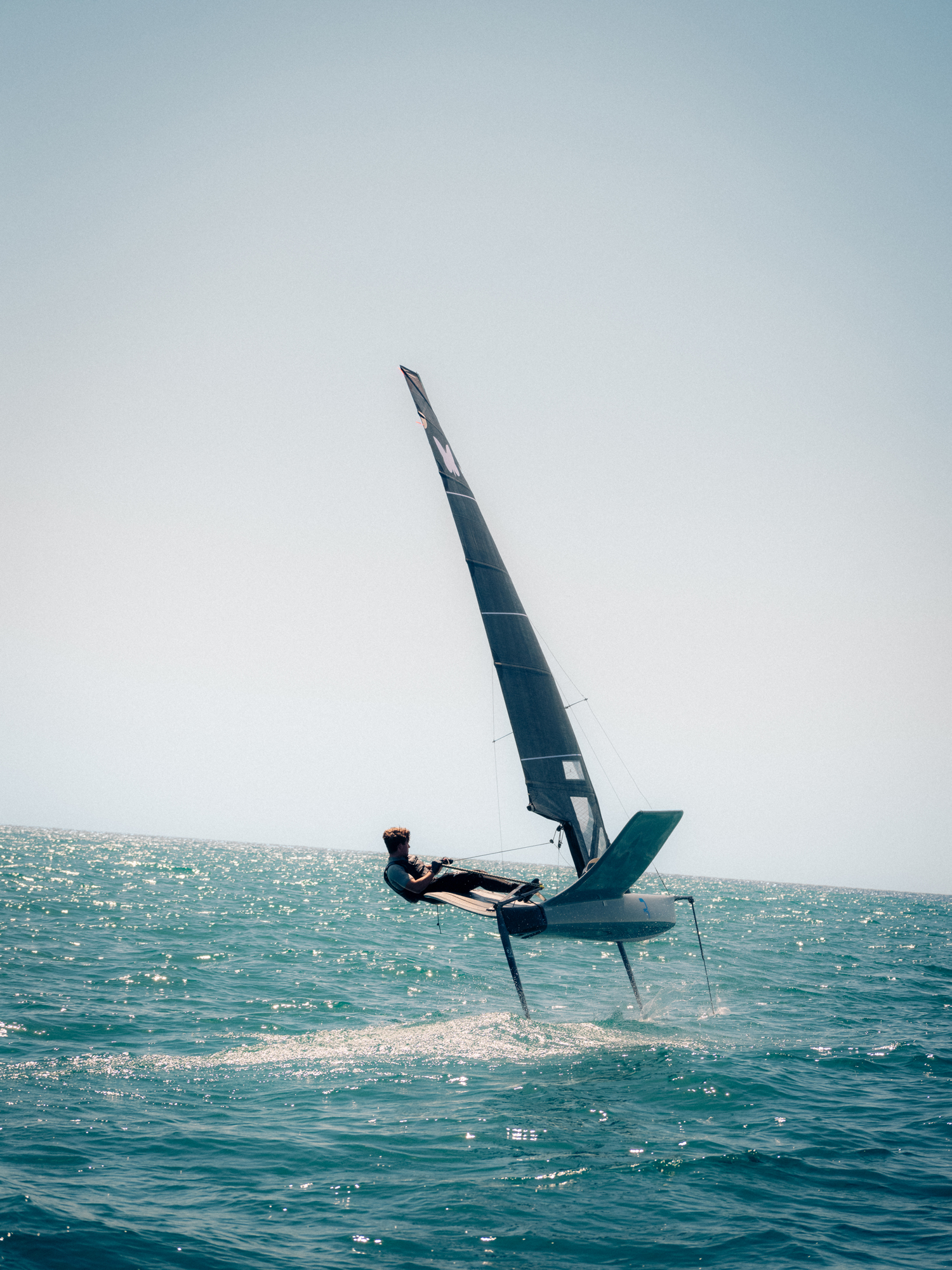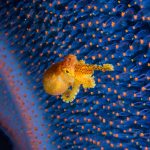The young team steering a new course in one of the world’s oldest sailing races – combining speed with sustainability. It looks like a winning combination, no matter who comes first.
“I’m from Palma de Mallorca. We’re surrounded by beaches, all around the island, and it’s rare that you go to one and don’t see any plastic on the sand or in the water,” says Neus Ballester. At 20, she is the youngest member of the Spanish sailing squad in this year’s America’s Cup, competing in both the youth and the women’s teams.
Plastic is not something that the first competitors of this 173-year-old sailing event would have had to worry about. They were able to focus on the glory of winning the giant, meter-high silver ewer – the ‘Auld Mug’ – a prize that many a skipper since has dreamed of.
Held every four years, the America’s Cup is the oldest continuous international sporting competition in the world, predating even the modern Olympics. This most prestigious of sailing races was born in 1851 with a race around the Isle of Wight, a race in which the US contender easily outran the British fleet of yachts.
The triumphant vessel, the America (who gave her name to the Cup), was built to a revolutionary new design. A low schooner with sails made from cotton instead of the more traditional flax, she had concave bows that allowed her to cut through the water with less resistance, harnessing the power of the wind in an unprecedented way.
The race for greater efficiency and speed continues to be a driving force behind the Cup, leaping ahead in 2013 with the adoption of foils – blades that lift the boat out of the water at speed. The reduced drag means that boats can move faster than the wind, sometimes almost three times faster.
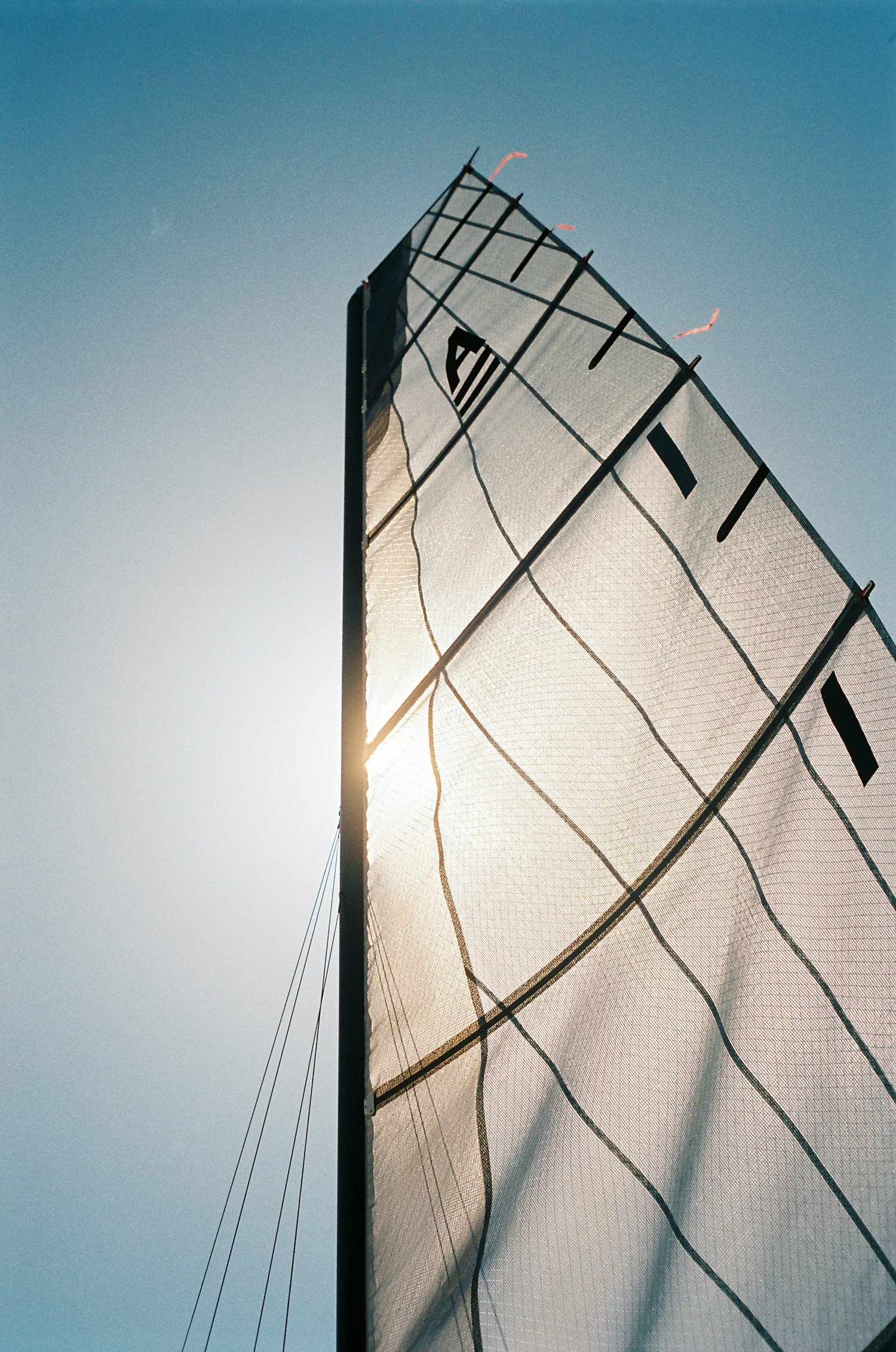
With the help of the wind, the boats can reach speeds of up to 50 knots.
For the 37th America’s Cup, held in Barcelona this year, teams made up of the best sailors from 11 countries are competing in racing yachts so technically advanced that they can reach speeds of up to 50 knots, or 93km per hour (58 mph).
Partnering for progress
As the newest generation of sailors such as Ballester are realizing, in this sport, efficiency and sustainability are two sides of the same coin. It’s about working with the elements instead of against them. It’s why the Spanish youth and women’s crews of Barcelona-based Sail Team BCN were on the lookout for ways to make their training and preparations for this year’s America’s Cup more eco-friendly.
Enter Foundation0, which advocates the use of renewable technologies and energy efficiency. Working closely with the Spanish team, the foundation came up with the idea of a groundbreaking zero-emission hub.
“It makes sense that we’re working directly with the elements to provide what we need”
Nico Martín
The zero-emission hub is central to advancing a greener vision for the sport and is housed in a repurposed freight container. Sitting alongside the teams’ Barcelona portside base, it is designed to supply all of the energy and water needed to power the gym, showers, kitchen, training simulator and offices during the two months of the competition.
For the last three years, Spain has been in drought, with rainfall at unprecedented lows, so water conservation was a high priority for the engineers, scientists and designers behind the project.
“Our plan is not to use any mains water at all,” explains Ross Daniel, Sail Team BCN’s technical director. “We’ll pull water out of the harbor, we’ll treat it, desalinate it and then it’ll get used for our toilets, wash basins, kitchen sinks and everything. As the water is used, it goes back through a system and gets re-treated and used again.”
“For us the sea is our home. We have to look after it”
Neus Ballester
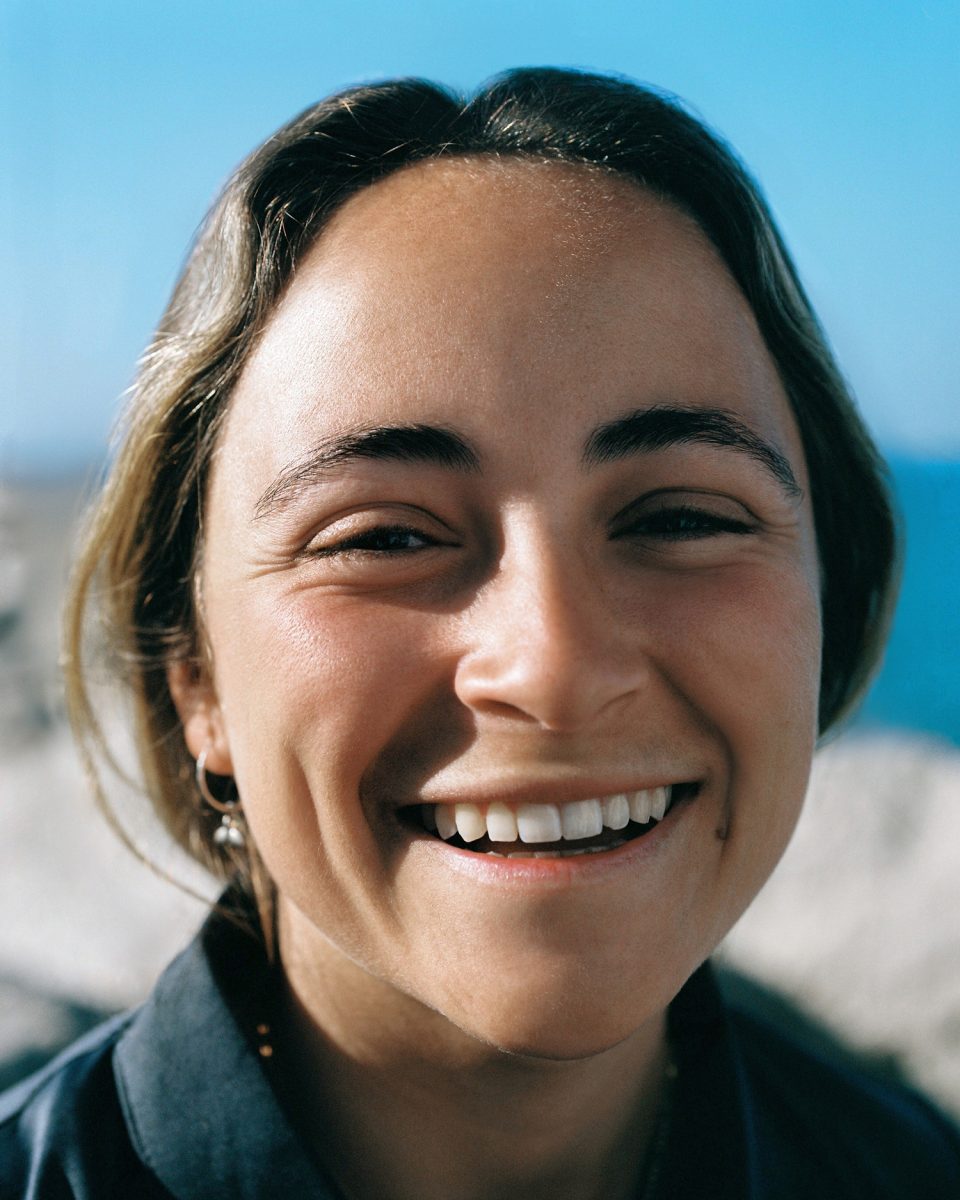
The roof is covered by 200 square meters of photovoltaic panels, creating enough electricity to power the teams’ lighting and appliances. Working together with this is a complex system of thermal batteries, which will ensure a 24-hour supply of power, regardless of the climatic conditions.
Crucially, given the heat of a Barcelona summer, Foundation0 has devised a cooling system that uses the harvested heat to power air-conditioning units. “The whole sport is very nature-centered,” says Nico Martin, from the Spanish youth team. “So it makes sense that we’re working directly with the elements to provide what we need.”
For the big blue
In addition to their obvious ambitions for the competition, the team members radiate real passion for the ocean itself and are keen ambassadors for its protection. “For us the sea is our home,” says Ballester. “We have to look after it.”
She describes the dangers of hitting a piece of plastic when ‘foiling’ (rising above the water to fly on the boat’s foils). “When you foil, you’re going super fast and if you hit something at that speed it’s like a catapult. We all try to do our bit, scooping plastic out of the water whenever we see it, but also in our day-to-day lives on land the team is very eco-conscious.”
Inspired by the desire to try and be this year’s greenest team, the crew is keen to minimize any impact their training might have on the environment. As well as recycling everything they can, they use bars of soap rather than bottled gels. Reusable water bottles are the norm, as are the lunch tins that are refilled daily from a restaurant close to where their training takes place.
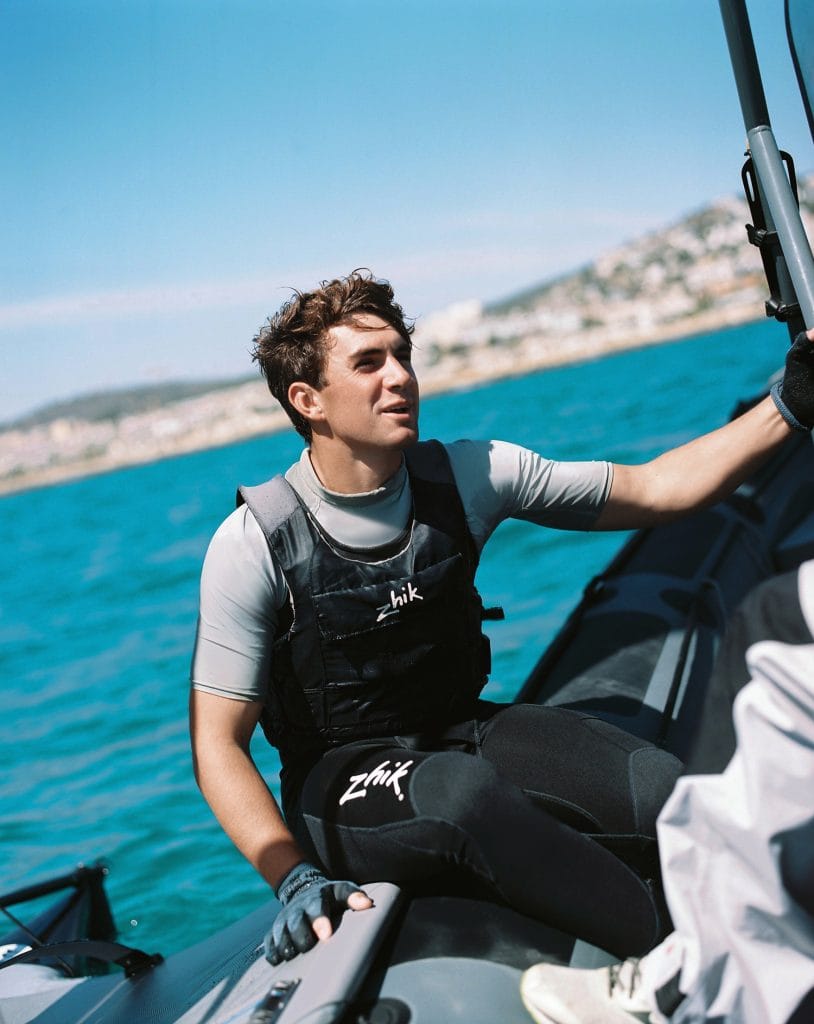
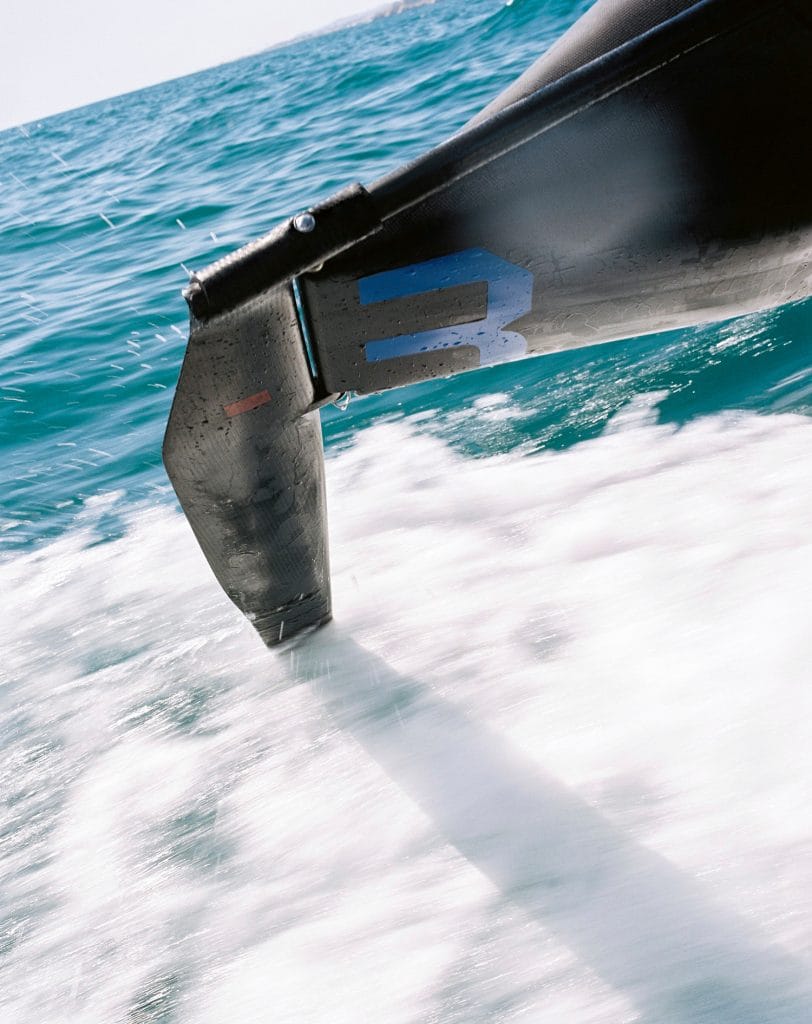
All open-source
If all goes according to plan, the hub will make the teams’ base fully self-sufficient, representing a huge achievement in itself. But the ambitions do not stop here. Foundation0 is making all the technology and research open-source, sharing its knowledge with the hope that others both inside and outside the sector can adopt this technology themselves. The hub is completely portable, meaning that any team needing a similar setup can simply ship it to where they need to be.
“I can see us being in a position where you have these in marinas around the world,” says Daniel. “I can imagine that in a few years’ time when your superyachts turn up in Antigua, instead of plugging into the power and the water system, they plug into their box. Although this is a sport where we use the natural elements, sailing isn’t as sustainable as it could be because no one’s put sufficient investment into technology, and Foundation0 is doing that.”
“It’s not just about creating new things,” says Conrad Konitzer, from the youth team. “The hard part is making people aware and growing a consensus. I’m really hopeful that this project creates a platform that will help us to do that.”
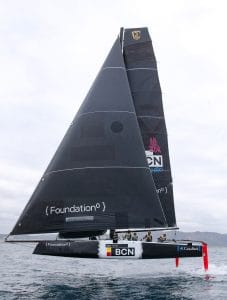
Foundation0
By developing open-source renewable technology, Foundation0 aims to spearhead a shift towards greener energy solutions. It is a sister organization of Imagine5. Both non-profits share a commitment to solutions inspiring a groundswell of positive change.
About Imagine5
We are storytellers inspiring you to live a planet-friendly life. Through our stories we shift perspectives and help you see that sustainable change is already underway. Sparking imagination that leads to action, creating a shift to sustainable behavior as the norm. It’s happening.
Read more